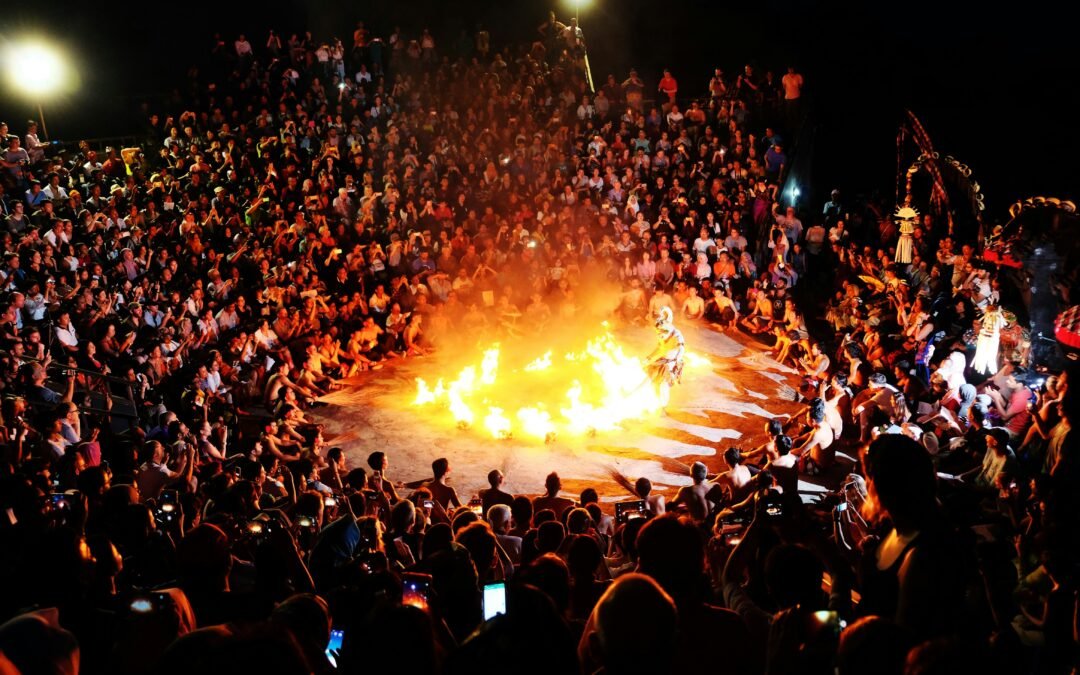Villaku.com – Balinese art is one of the main draws for both domestic and foreign tourists visiting Bali. If you discuss about traditional Balinese art, the conversation will never end. Starting with the several traditional arts that are still practiced today. Even how Balinese people present it to foreigners. Do you know about some aspects of Balinese art? The following points will expose you to a list of traditional Balinese arts that you should be familiar with before visiting.
1. Calonarang Dance Drama
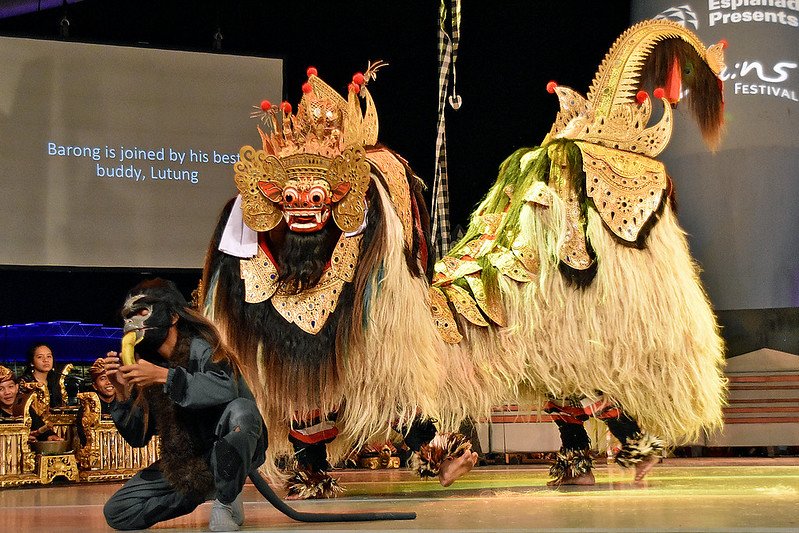
Source: Choo Yut Shing via flickr.com
Calonarang, the primary character in this dance art, is associated with a frightful and frightening face. Because, according to Balinese Hindu beliefs, Calonarang is a type of mystical force that will be balanced by white magic. Calonarang dance drama is frequently combined with other dance forms such as Gong drama, Barong dance, and so on. The show cannot be played anyplace due to its frightening theme. So the Calonarang dance theater art is fascinating to watch. The wonderful art of dance depicts the conflict between good and evil.
2. Gong Drama
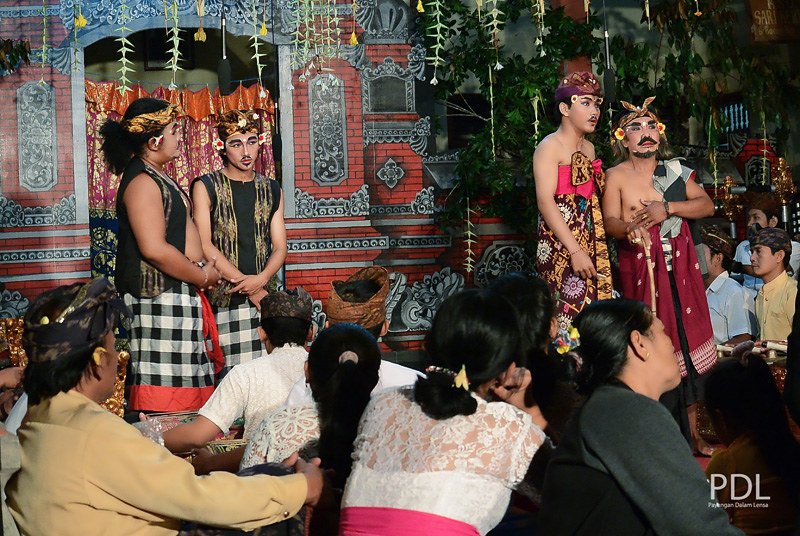
Source: raka suanda via flickr.com
Gong drama, as previously said, is an essential component of traditional Balinese arts. As the name implies, Gong is a collection of musical art instruments made up of many forms of gamelan. Gongs are frequently used to accompany different types of art performances. However, Gong drama can also stand on its own when combined with contemporary performing arts. You’ll see how the musicians of this musical instrument sing in Sanskrit and traditional Balinese. The songs explore a variety of themes, including history, passion, and valor. You can only see this performance at special ceremonies or on specific days.
3. Ogoh-Ogoh
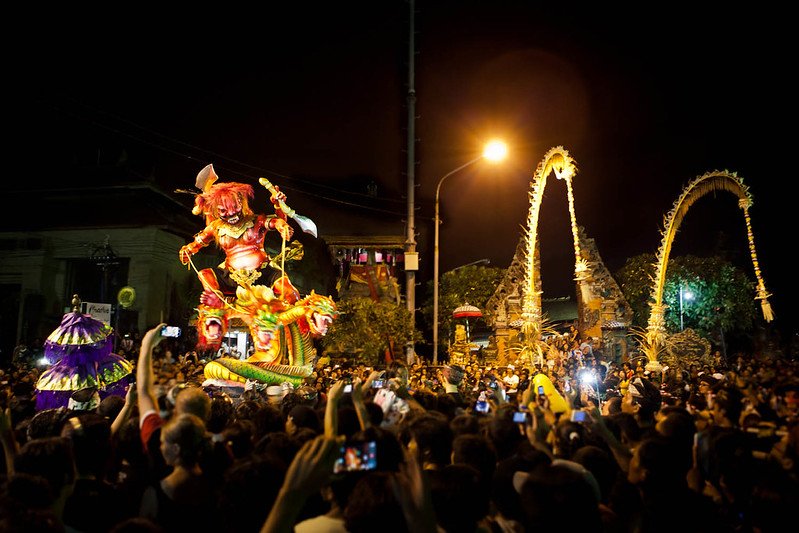
Source: Dani Stein via flickr.com
Aside from concerts, Balinese fine arts are recognized to be quite intriguing. One of the most popular is Ogoh-Ogoh. This exquisite art in the shape of gigantic statues is typically seen during Nyepi Day rituals. Ogoh-ogoh is manufactured with flammable materials including wood, woven bamboo, old newspapers, and even coconut fiber. During the production process, Ogoh-ogoh is given a terrible aspect to represent the ugliness of Bhuta Kala. According to his worldview, after being paraded around Bali, Ogoh-ogoh will be burned as a symbol of eradicating evil from the world.
4. Legong Dance
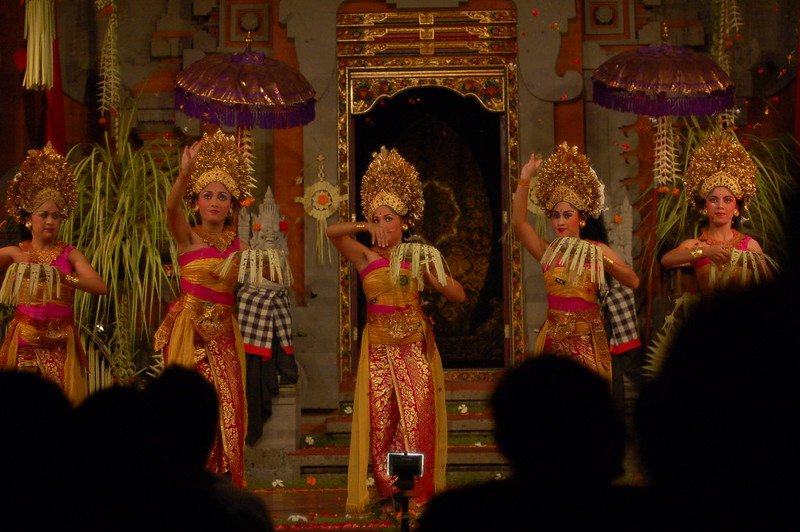
Source: Andrew Otto via flickr.com
The Legong Dance is the next must-see traditional Balinese art form. The Legong dance is done by women using choreographed motions. The main draw of this art performance is the match between the dancer’s eyes and hands and the gamelan musical instrument that accompany them, Gamelan Semar Pagulingan. This dance is more often known as Balinese Dance, which is derived from the term “Leg” meaning flexible and “Gong” meaning the musical instrument that accompanies it. Aside from the gentle motions, the stunning traditional Balinese cosmetics and attire will captivate you.
5. Joged Bumbung Dance
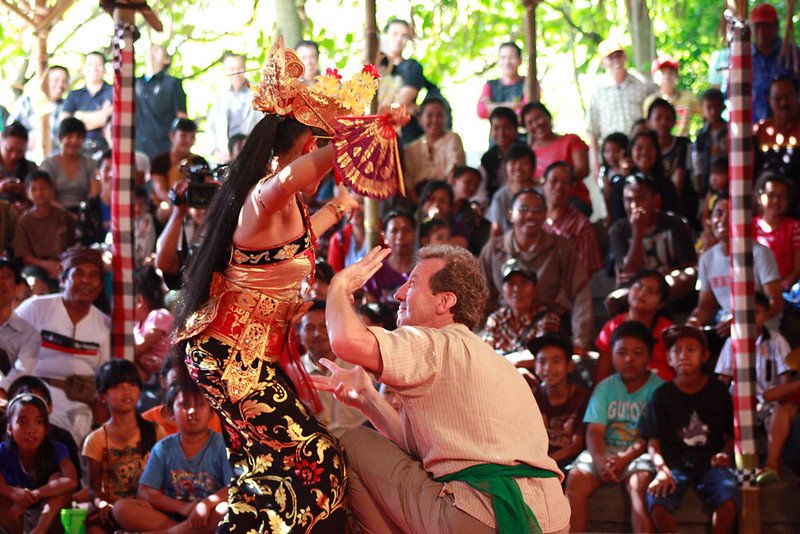
Source: Putu Ariawan via flickr.com
This art is frequently presented at more informal events, such as wedding ceremonies, company inaugurations, and so on. The Joged Bumbung dance is performed by ladies, and the audience is frequently invited to participate. Although this dance frequently involves women and men performing mildly provocative moves, the organizers of certain gatherings will limit this. Especially when it is shown at the Bali Arts Festival, when the audience is of varying ages. This performance is a fan favorite due to the unexpected exhilaration created by the connection between the dancers and the audience.
6. Wayang Kulit
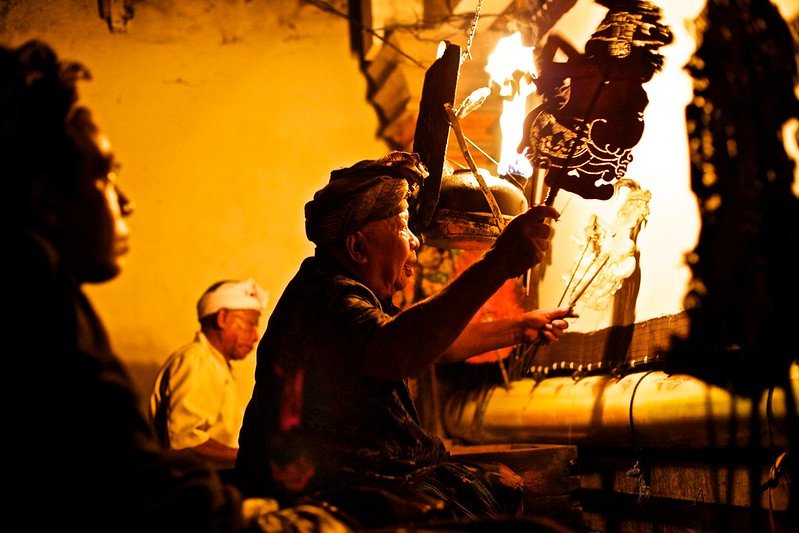
Source: Ali Martin via flickr.com
The final fine art and performance in which you must engage is the shadow puppet show. The puppeteers’ stories are quite diversified, including characters that are nearly identical to wayang characters from regions other than Bali. Starting with the sacred stories of Balinese Hindus, which are only told at specific religious occasions. During parties, humorous anecdotes and lighthearted values become the major attraction. Just like what is often presented at the Bali Arts Festival each year.

